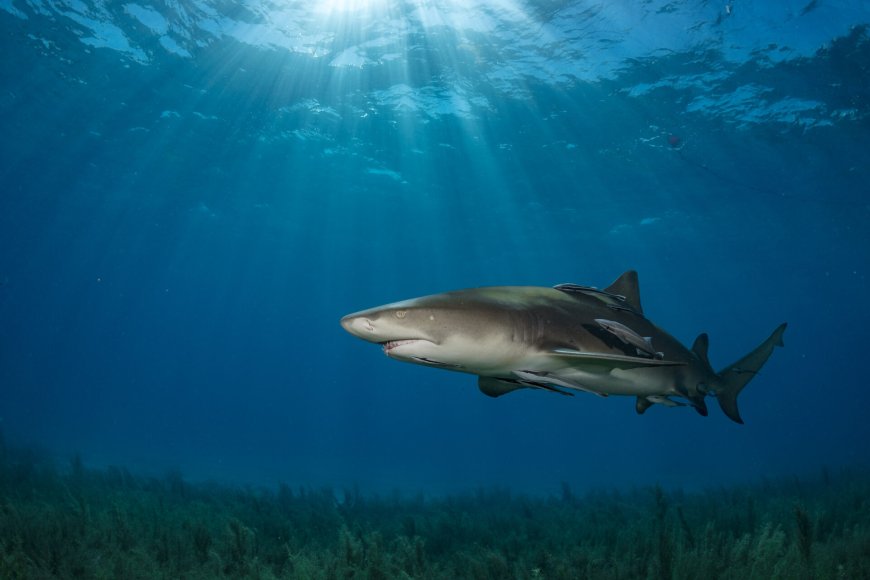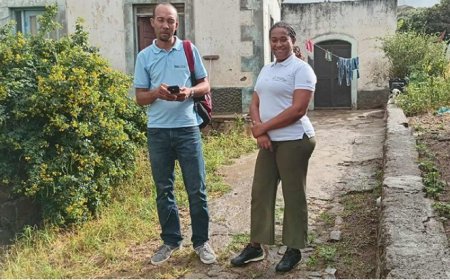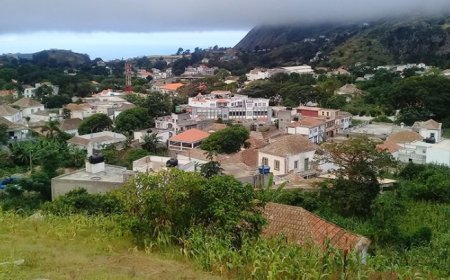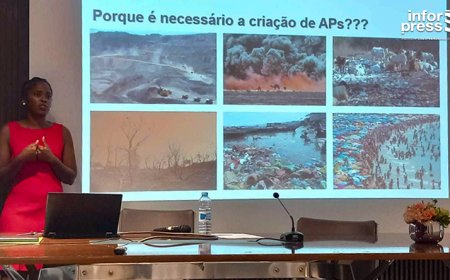Cape Verde's seamounts recognized as biodiversity hotspotsy
A recent study reveals that the seamounts around Cape Verde are biodiversity hotspots: at least 14 deep volcanic formations create nutrient-rich environments and attract everything from microorganisms to sharks and cetaceans. The research points to the need to expand marine conservation - currently focused on the coast - to include these offshore areas, guaranteeing ecological protection and sustainable use.

An international research team has released the first comprehensive assessment of the seamounts surrounding the Cape Verde archipelago - revealing the ecological richness, biological importance and socio-economic value of these deeply under-explored ecosystems. At least 14 large seamounts, as well as numerous smaller elevations, play a crucial role in concentrating nutrients and influencing local ocean currents, creating ideal conditions for marine life.
These seamounts function as veritable oases in the ocean: they harbor everything from microorganisms to deep-water coral and sponge communities, and attract larger predators such as sharks, turtles, seabirds and cetaceans. The location of these structures - between the temperate waters of the North Atlantic and the tropical waters of the South Atlantic - further enhances regional productivity and promotes significant ecological connectivity.
The study, published in the journal Progress in Oceanography, was led by researchers from institutions in Spain, the United Kingdom and Spain (Gijón Oceanographic Center, UK National Oceanography Centre and University of Barcelona). According to the authors, understanding the functioning of these seamounts is essential for planning their protection and ensuring the sustainable use of marine resources.
Until now, marine protected areas in Cape Verde have been concentrated in coastal zones. The study suggests that including seamounts in conservation strategies - by extending protection to deeper ocean waters - could promote a more holistic approach that unites ecological and socio-economic considerations. There are also warnings about potential human impacts, such as artisanal and industrial fishing, maritime traffic and even interest in deep-sea mining.
The researchers argue that, as a signatory of the "30×30" international commitment to biodiversity and the High Seas Treaty, Cape Verde has the opportunity to declare these seamounts as priority conservation areas - reinforcing its regional leadership and contributing to global marine conservation goals.





















































